

|
Many South Africans
are decendants of early British, Dutch, French and German Settlers who
arrived here in 1652. I have Dutch, German and French ancestors (Pentz,
Nutt, Joubert and Louw). The Dutch East Indian Company first colonised
this country for the Dutch Crown under Jan van Riebeeck. Many French
Hugeunot settlers arrived and planted mostly grape vines in the fruitful
Cape valleys. German settlers also arrived and together this first
group became known as Afrikaners. British settlers arrived in the
early 1800s after a short but fierce battle between the soldiers of the
Dutch East Indian Company and Britian. Britain bought the Cape Colony
from the Dutch for about 6 million pounds. Soon, thousands of British settlers
arrived and insisted on English law. Most of the Dutch settlers started
to travel north, resisting the changes brought about by the English, where
they became farmers (Also known as the Great Trek). It is also in
the north where most of the rich diamond and gold fields were discovered.
The Dutch language evolved over many years to become Afrikaans, a language
widely spoken and mostly similar today to Flemish.
South Africa is the
southernmost country in Africa, bordered by Namibia, Zimbabwe, Botswana,
Mozambique and Swaziland. It is bordered on the east and south by
the Indian Ocean and on the west by the Atlantic Ocean.
South Africa is a
country of wonderful cultural, historical and ecological diversity.
Home to dry, arid as well as swamp regions there is a wide range of unique
flora and fauna to be found. Our national flower, "The PROTEA" (as
well as most of the flowers in the Western Cape) is not found anywhere
else in the world. The semi-desert region of Namaqualand is transformed
into a beautiful sight with blooming wildflowers after spring rains and
many tourists visit the country just to view this unique occurrence.
Most of the almost 22 000 species of fauna is also not found anywhere else
in the world.
Protea
- South Africa's National Flower
Home to the "BIG
FIVE" (Lion, Leopard, Elephant, Rhinoceros and Buffalo) as well as the
Cheetah (the fastest land animal in the world), Hyiena, Zebra, Baboon,
Koedoe, Impala, Springbok (not just our rugby team), Ostrich, Crocodile,
Hippopotamus and much more!
Wild animals are
to be found in game reserves and game lodges and do not "roam the street"
as many foreigners or tourists think.
The Eastern Cape
Addo Elephant National Park and Kruger National Parks are home to some
of the biggest concentrations of African Elephants.
An
African Elephant in the Addo Elephant National Park
South Africa has
eleven official languages (including English and Afrikaans) and many different
cultures. Some of the different people in South Africa are the Zulu,
Xhosa, North Sotho, Tswana, South Sotho, Tsonga, Venda and Ndebele, as
well as the Koi/San people known as the Bushmen.
A
Zulu Witchdoctor in Traditional Dress
A few kiliometres
from my home is the Sterkfontein Caves where the skul of Man's earliest
ancestor has been found. Bushmen paintings can be found in many caves
in the Kalahari (a very dry region).
A
Bushman making fire the traditional way
|

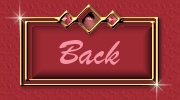 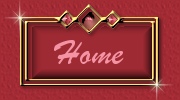 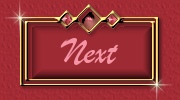
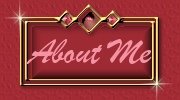 
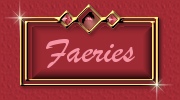 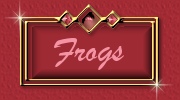
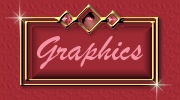 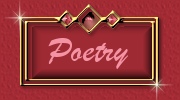
 

Email this page to a friend!
Just copy and paste the address
http://www.fortunecity.com/athena/women/707/
into the body of the email.


Copyright © 2000 - 2010 Yolande
Matthews. All rights reserved
To the best of my knowledge I have
only used items that are readily available for redistribution.
Please contact me if you find otherwise
and I will gladly give credit to you or remove the items.
|
|